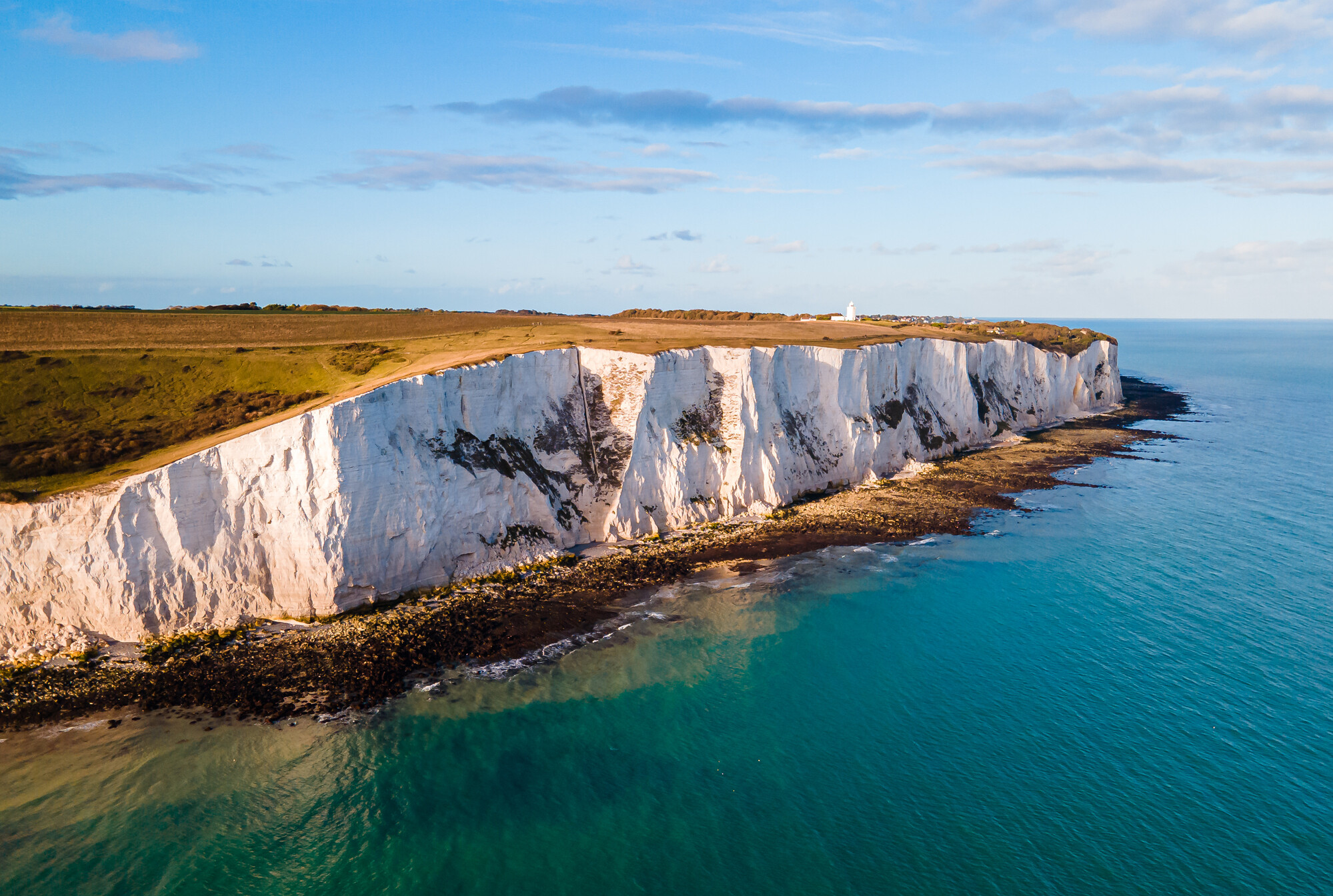Among the vast green hills, golden villages and time-bound dry stone walls, the Cotswolds are a place where nature, history and culture are woven into a single, almost theatrically beautiful landscape. This region in southwest England is recognized as the country’s largest national landscape and continues to inspire not only artists, but also those seeking a living embodiment of authentic British rural harmony.
Geography and landscape features
The Cotswolds cover an area of over 2,000 km², including parts of six counties, mainly Gloucestershire and Oxfordshire. The central ridge of the Cotswold Edge creates a spectacular escarpment that offers panoramic views of the Severn Valley. The highest point is Cleeve Hill, reaching 330 meters.
The region is known for its Jurassic oolitic limestone, the so-called ‘Cotswold stone’, which gives houses their characteristic honey-golden hue. This material formed the visual identity of the Cotswolds and was the reason for its inclusion in the Conservation Area (former AONB).
History and cultural heritage
The Cotswolds aren’t just picturesque – they’re packed with history. From Neolithic burials to Roman villas (e.g. Chedworth) and medieval wool churches, each era has left an imprint here. In the thirteenth and fourteenth centuries, the wool trade with Europe made the region one of the richest in England, and ‘wool’ towns such as Stroud and Tetbury still retain traces of this prosperity today.
Later art figures flocked here – William Morris, Ralph Vaughan Williams, Gustav Holst – all of whom drew inspiration from the local landscapes. This same aesthetic legacy still makes the Cotswolds one of the UK’s most cinematically genius locations today (Father Brown, Downton Abbey, Bridget Jones’s Diary and others).
What to see: from villages to castles
Postcard Villages
-Bibury is “the most beautiful village in England” according to William Morris
-Bourton-on-the-Water is the “Venice of the Cotswolds” with picturesque bridges
-Stow-on-the-Wold and Broadway are examples of Cotswold architecture
Castles, mansions and parks
-Sudeley Castle and Chavenage House are historic manor houses with gardens
-Cotswold Wildlife Park – family vacations and rare animal species
-Broadway Tower – a spectacular vantage point and cultural site
Practice and logistics
The Cotswolds can be reached by train from London, Oxford, Bath, Swindon and Cheltenham. The main stations are Morton-in-Marsh, Kemble, Kingham and Charlbury. The region is served by the Great Western Railway and CrossCountry lines. The Gloucestershire Warwickshire Railway’s tourist steam line is also in operation.
For walkers there is the Cotswold Way, a national trail over 160km long with views across the Severn Valley and Malvern Hills. There are trails of varying levels of difficulty, suitable for both family outings and experienced trekkers. There are also companies that offer turnkey travel to this amazing area: transfers, excursions, guide and full accompaniment.
Pros and cons of visiting the Cotswolds
Benefits:
-A unique combination of natural and architectural beauty
-Excellent transportation accessibility
-Rich historical and cultural heritage
-Many hiking and biking trails
Possible downsides:
-High popularity – crowds of tourists are possible in peak season
-Housing prices are above the national average
-Not everywhere public transportation is developed – car rental is desirable for mobility
The Cotswolds today is a living region, not an open-air museum
Despite its historic atmosphere, the Cotswolds is not a frozen museum, but an actively developing region with agriculture, creative residences, markets and even wineries. People live here, houses are built, and new projects are born. This is an area where you can get in touch with authentic England, bypassing the formulaic tourist routes.
The Cotswolds are more than just a “scenic spot”. It is a cultural, natural and human landscape filled with meaning. For those who want to see a different England – one that lives outside London and the big cities – the Cotswolds will be a revelation.







